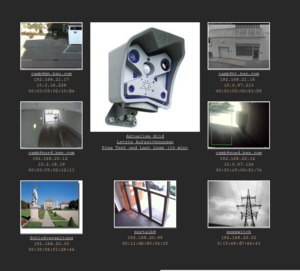ben_g
Newbie
Hi everyone, I recently bought a Robot Royal 24. Everything works great I adore the feel of the camera and the perfection of how it works. The rangefinder is clean and clear, however I noticed the focusing square is a yellow color. My M4 on the other hand has a colorless rangefinder which is very easy to focus. The M4's rangefinder square almost amplifies/illuminates the light inside it. Whereas the Royal's rangefinder is a bit dimmer, yellow, and harder for me to focus.
Is the yellow color of the rangefinder patch from age, or is this typical of the Robot Royals? I know the Leica M3 has a light gold plating on the rangefinder to aid focusing.
If it is typical is there anyway to amplify the rangefinder patch like on a M3 or M4? It seems there aren't many Robot Royals out there so any info would be great!
Thanks
Is the yellow color of the rangefinder patch from age, or is this typical of the Robot Royals? I know the Leica M3 has a light gold plating on the rangefinder to aid focusing.
If it is typical is there anyway to amplify the rangefinder patch like on a M3 or M4? It seems there aren't many Robot Royals out there so any info would be great!
Thanks




